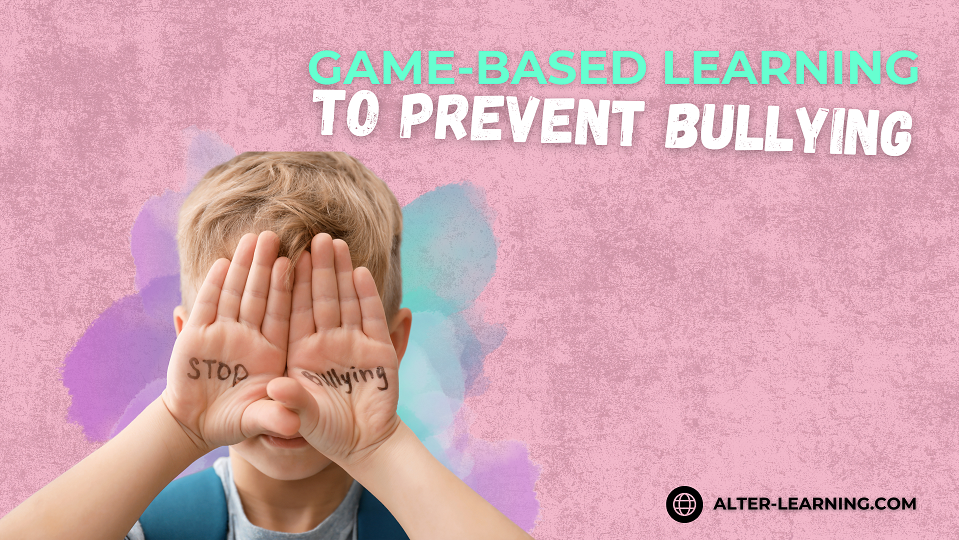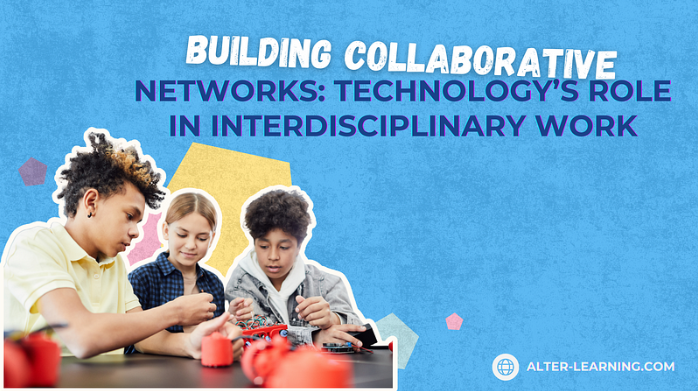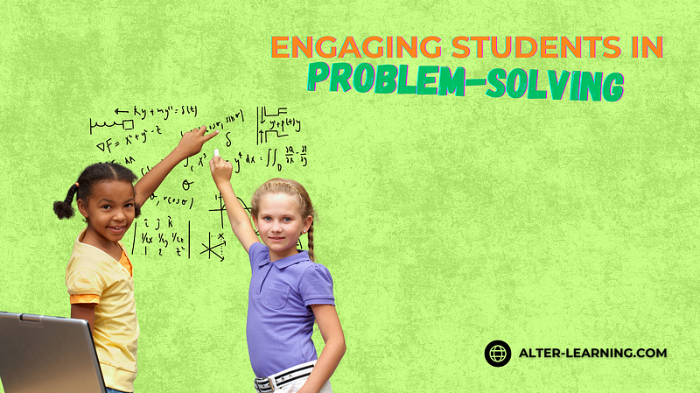Educational games are increasingly used to make classrooms more engaging, but how do we know if they are truly effective? Success in interactive STEAM learning, VR education apps, and AR learning experiences cannot be measured solely by how much fun students have. While engagement is essential, schools and educators also need clear, meaningful metrics to evaluate whether game-based learning is meeting its goals.
Alter-Learning approaches success by blending traditional educational standards with innovative tools, helping teachers understand not just what students play, but what they learn.
Why Metrics Matter in Game-Based Learning
Without clear metrics, educational games risk being seen as just entertainment. By tracking progress and outcomes, teachers can connect play to learning goals. Metrics can:
- Demonstrate alignment with curriculum standards,
- Show growth in academic performance and subject mastery,
- Reflect social-emotional learning gains,
- Provide insight into student engagement and motivation,
- Help refine games through ongoing feedback loops.
Metrics ensure that digital tools remain not only engaging but genuinely supportive of classroom learning.
Academic Metrics
Educational games can be designed to assess subject-specific growth. For example:
- Math puzzle games may track problem-solving accuracy, speed, and persistence,
- Science games for kids can measure understanding of key concepts such as food chains, forces, or ecosystems,
- Interactive physics simulations may evaluate how students apply principles to solve open-ended challenges,
- Creative arts education software can highlight innovation, originality, and collaborative performance.
By tying these outcomes to recognized curricula, teachers gain a direct link between classroom objectives and digital learning progress.
Engagement and Motivation Metrics
Beyond test scores, educators can measure how games influence students’ attitudes toward learning. Engagement indicators may include:
- Time spent on tasks—Do students willingly spend more time solving challenges?
- Choice behavior—Do they return to activities voluntarily or explore advanced levels?
- Collaboration patterns—How actively do they communicate and contribute in multiplayer settings?
- Persistence—Do they keep trying after failure, or give up quickly?
These factors can provide a fuller picture of how learning environments foster curiosity and resilience.
Social-Emotional Learning Metrics
Games with multiplayer or role-play elements can be powerful tools for emotional development. Teachers can measure outcomes such as:
- Increased empathy in cooperative activities,
- Growth in communication skills during collaborative challenges,
- Development of confidence through mastery of new tasks,
- Improvement in self-regulation during timed or complex activities.
The integration of social-emotional growth with academic learning is one of the strongest cases for immersive technology in classrooms.
Feedback and Dashboards for Educators
Alter-Learning can support teachers by embedding tools that make these metrics visible and actionable. A teacher dashboard can:
- Map progress to state and national standards,
- Provide quizzes and reflections tied directly to game content,
- Offer student performance analytics in real time,
- Suggest differentiated instruction based on data.
With this kind of visibility, teachers can adapt lessons, personalize learning, and ensure no student is left behind.
Accessibility Metrics
Measuring success also means asking whether all students are included. Accessibility indicators can include:
- The effectiveness of difficulty adjustments for diverse learners,
- Usage of audio cues and visual supports,
- Participation rates among students with disabilities,
- Feedback from students and families on usability.
True success means more than just reaching most students—it can mean reaching every student.
From Data to Growth
Educational games can be playful, exciting, and motivating, but their real power lies in measurable impact. By tracking academic growth, social-emotional development, and accessibility, educators can see how interactive STEAM learning tools enhance—not replace—traditional instruction.
With thoughtful design and strong metrics, Alter-Learning can help schools transform gameplay into growth, ensuring that every click, puzzle, or collaborative mission translates into meaningful educational progress. Because success in game-based learning is not just about winning—it’s about learning that lasts.
Follow Alter-Learning for more insights into immersive education, edtech success stories, and the future of learning. Want to explore how VR/AR could transform your school or learning platform? Let’s connect.




